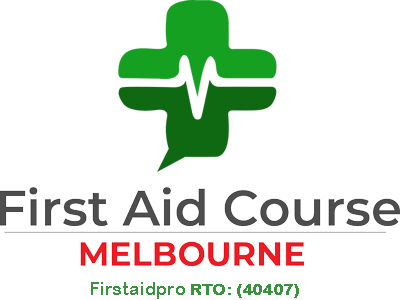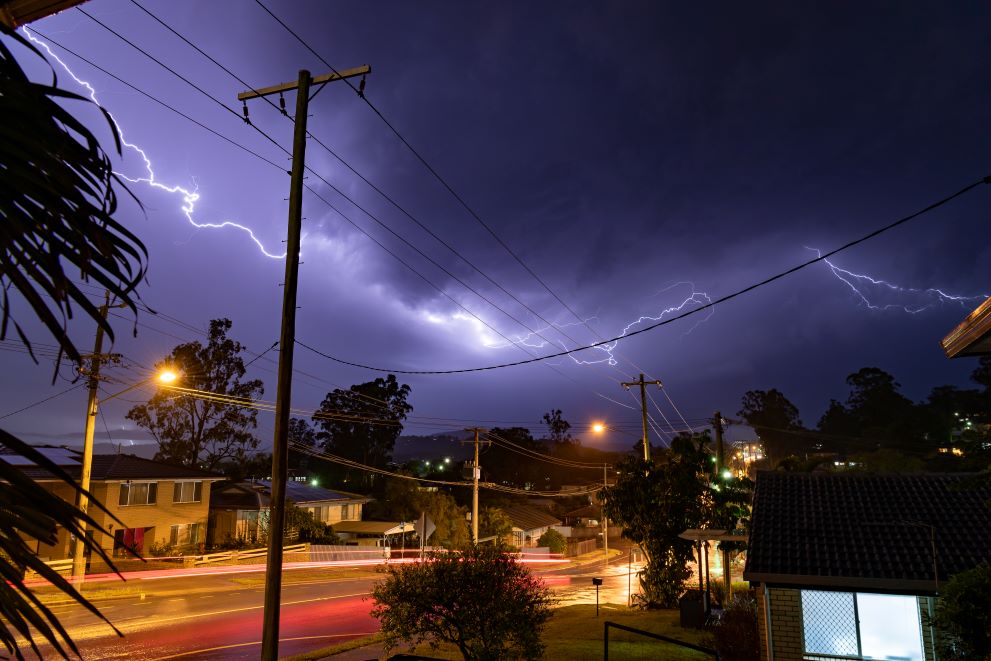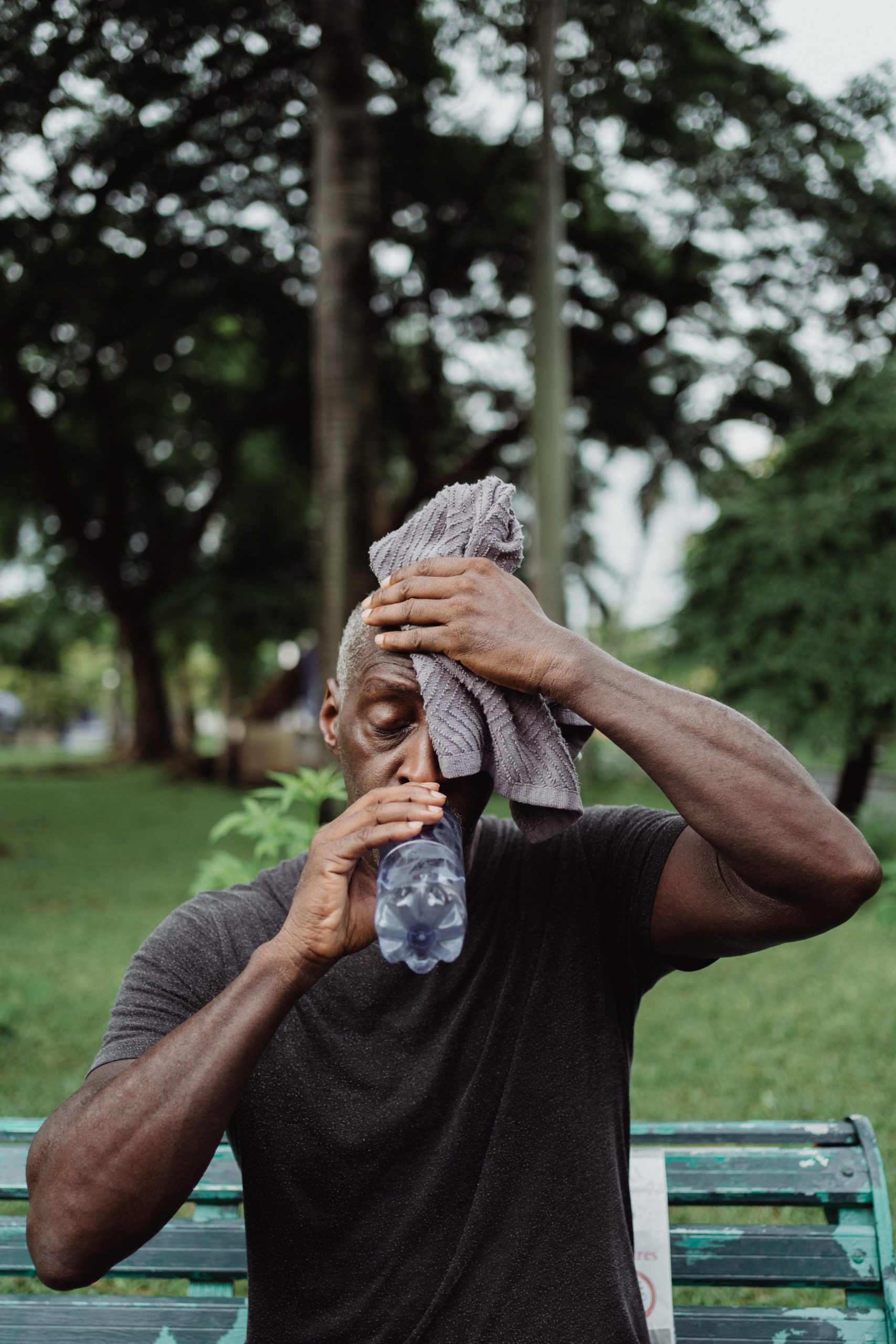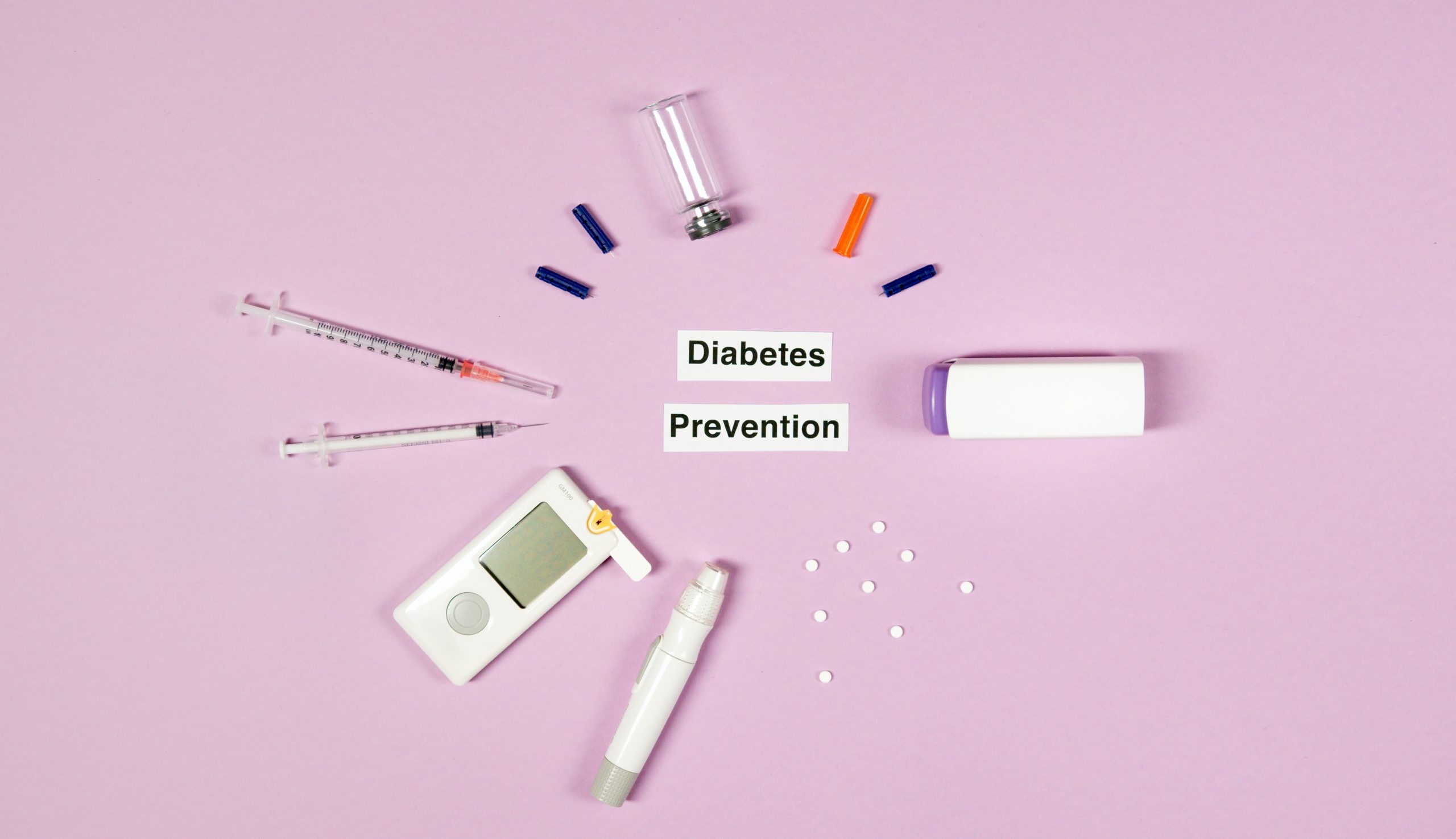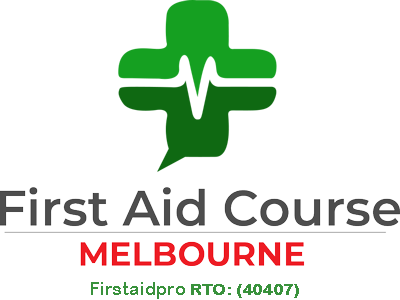A stroke occurs when blood flow to the brain stops, causing the brain cells to die. A single stroke incident can affect your entire body and overall health.
Acting FAST can make a big difference for a person who is having a stroke.
What is a Stroke?
Stroke is also known as cerebrovascular accident (CVA) or brain attack. In the event of a stroke, a part of the brain loses its blood supply causing it to stop. It will injure the brain controls that will eventually stop working.
Stroke can happen to anyone, but there are risk factors that contribute to having a brain attack. These include having high blood pressure, a history of stroke, smoking, diabetes, and heart disease. Take note that your risk of stroke increases as you age.
There are two types of stroke: Ischemic and Hemorrhagic.
- Ischemic stroke is characterised by having part of the brain lose blood flow. When the blood flows through the artery that supplies oxygen-rich blood to the brain suddenly becomes blocked.
- Hemorrhagic stroke, on the other hand, occurs when there is bleeding within the brain.
There are opportunities to treat both ischemic strokes and hemorrhagic stroke. There is a higher chance of survival if first aid is applied in the first few hours after spotting the very first sign of stroke.
Signs and Symptoms of Stroke
Knowing the stroke signs and symptoms enables you to take quick action and perhaps save a life.
Here are the most common ones:
- Numbness or weakness in the face, arm, or leg (notable on one side of the body).
- Confusion, slurred speech, or difficulty understanding words.
- Vision changes in one or both eyes.
- Trouble walking, loss of balance, or lack of coordination.
- Severe headache with no known cause.
First Aid for Stroke
-
Recognise the signs and call 000
Every minute counts in a stroke emergency. The National Stroke Association recommends using the first aid term ‘FAST’ to recognise the signs of stroke.
F-Face: Notice if the person has a droop and uneven smile. This is usually the first warning sign.
A-Arms: Sudden numbness or weakness of the arm can be a sign. Ask the person to raise both of their hands if you are unsure. Look if one arm drops down or is not steady.
S-Speech: Slurred speech may indicate that a person is having a stroke.
T-Time: If someone is showing stroke symptoms, it is time to act fast and call emergency services.
Note the time when any of the symptoms mentioned above appear. This will help the paramedics or your health care provider to determine the best treatment for the person.
If you are the one experiencing stroke symptoms, have another person call an ambulance for you. Stay as calm as possible while waiting for emergency help to arrive.
-
Check the surrounding area.
Ensure the surrounding area is safe and that there is no immediate danger to the person, such as moving vehicles, fire, etc.
If you are caring for someone suspected of having a stroke, put them in a comfortable position. Put the person on their side with the head slightly raised.
-
Check for Breathing
Look for any signs of breathing. If the person is not breathing, begin CPR. Loosen any constrictive clothing, such as a tie, scarf, or belt to help with opening up the airway.
If the person does not respond to CPR, use a defibrillator (if available). Follow the voice and visual prompts from the device and deliver a shock.
-
Monitor victim’s condition
Closely observe the person for any changes in their condition. Stay on the line with the dispatcher and give them as much information and updates about the situation.
These tips follow the DRSABCD sequence in providing first aid in a stroke emergency.
As frightening as it can be to witness someone having a stroke, it is best to step up and take a few steps to help a person have the best possible outcome.
